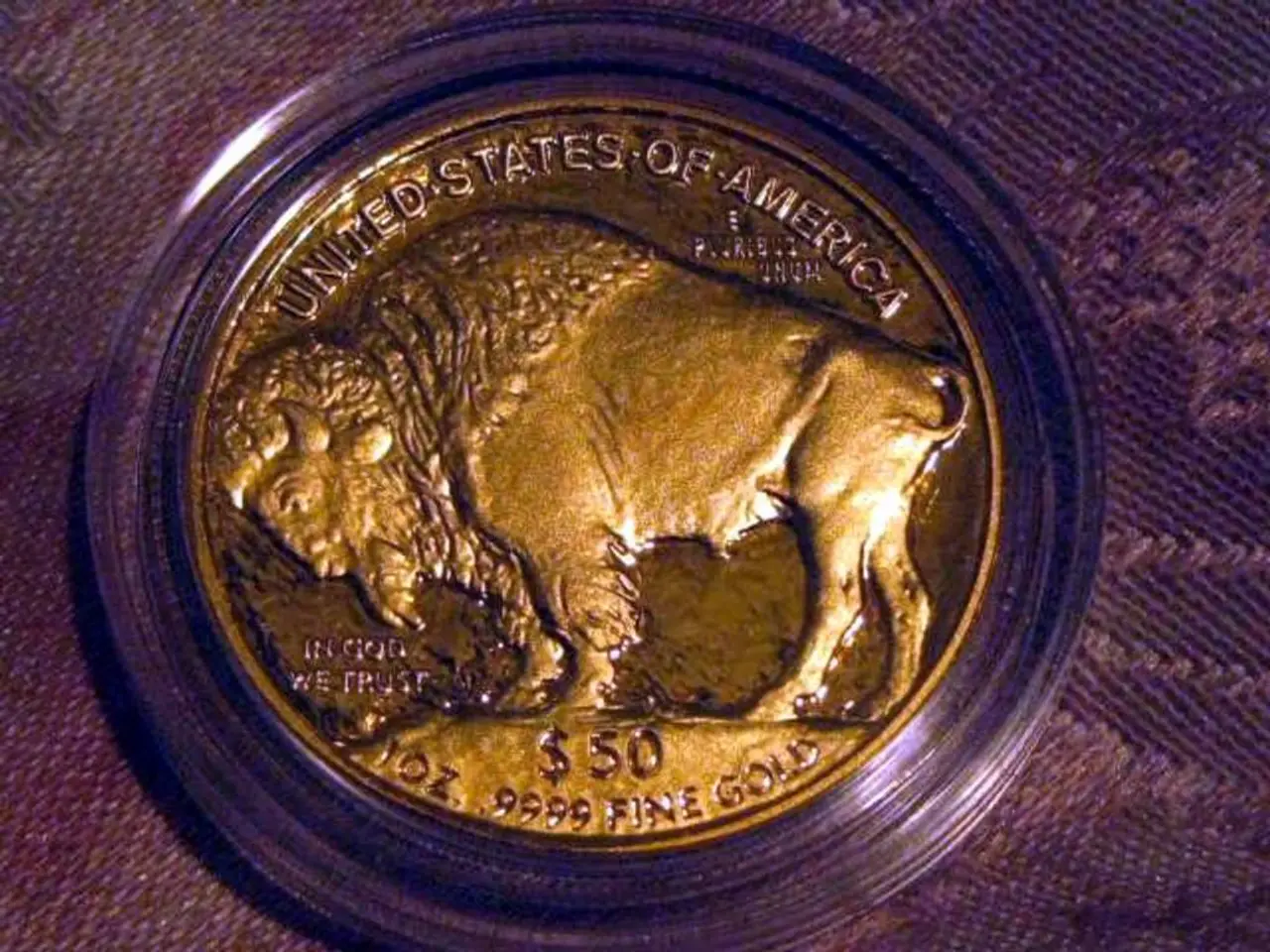Mastering Investment in the US Dollar Index: A Detailed Handbook
The US Dollar Index (DXY) is a key indicator in global finance, measuring the value of the US dollar against a basket of six major foreign currencies. This article provides an overview of the various investment vehicles available for retail and institutional investors to tap into the DXY.
Contracts for Difference (CFDs) are one such option, allowing investors to profit from price movements in the DXY without owning the asset itself. However, it's important to note that CFDs come with counterparty risk.
For those seeking a more traditional approach, there are several options available. Futures contracts for the DXY are traded on the ICE Futures U.S. exchange under the ticker DX, and represent a fixed notional amount with settlement in cash.
Retail forex trading, characterized by its high liquidity and small starting capital requirements, allows investors to speculate on the relative strength of one currency against another, including the US dollar. However, it's not directly tied to the DXY unless weighted positions match the index.
Exchange-Traded Funds (ETFs) like Invesco DB U.S. Dollar Index Bullish Fund (UUP) and WisdomTree Bloomberg U.S. Dollar Bullish Fund (USDU) track the DXY and provide direct exposure to it. UUP, the largest and most widely traded USDX ETF, holds primarily US Dollar Index futures contracts and cash equivalents, with about 50% allocated in the index futures and the rest in short-term government securities. USDU, with a lower expense ratio, serves as a low-cost alternative to UUP.
Currency ETFs and mutual funds like WisdomTree Bloomberg U.S. Dollar Bullish Fund (USDU) may not perfectly mirror the DXY but still provide long or short exposure to the dollar against multiple currencies.
Options on futures or ETFs can be used to hedge against potential losses or to speculate on the direction of the DXY. However, it's important to note that time decay can erode value, and understanding options pricing is required.
In the U.S., CFDs are banned for most retail traders due to regulatory restrictions. For trading or speculative exposure to USDX without ETFs, specialized brokers such as Pepperstone and FPMarkets provide access to CFDs and futures on the US Dollar Index with advanced trading tools, tight spreads, and leverage options.
In summary, UUP and USDU are the best USDX ETFs available for investors, with UUP being the most popular but at a higher expense ratio, and USDU representing a low-cost alternative. The DXY is often used as an economic barometer, a hedging tool, and a speculative instrument.
Personal finance enthusiasts exploring investments related to the US Dollar Index (DXY) can consider Exchange-Traded Funds (ETFs) like Invesco DB U.S. Dollar Index Bullish Fund (UUP) or WisdomTree Bloomberg U.S. Dollar Bullish Fund (USDU), which track the DXY and provide direct exposure to it. Additionally, Options on futures or ETFs can be utilized for hedging against potential losses or speculating on the direction of the DXY, though it's vital to understand options pricing to avoid value erosion due to time decay.




